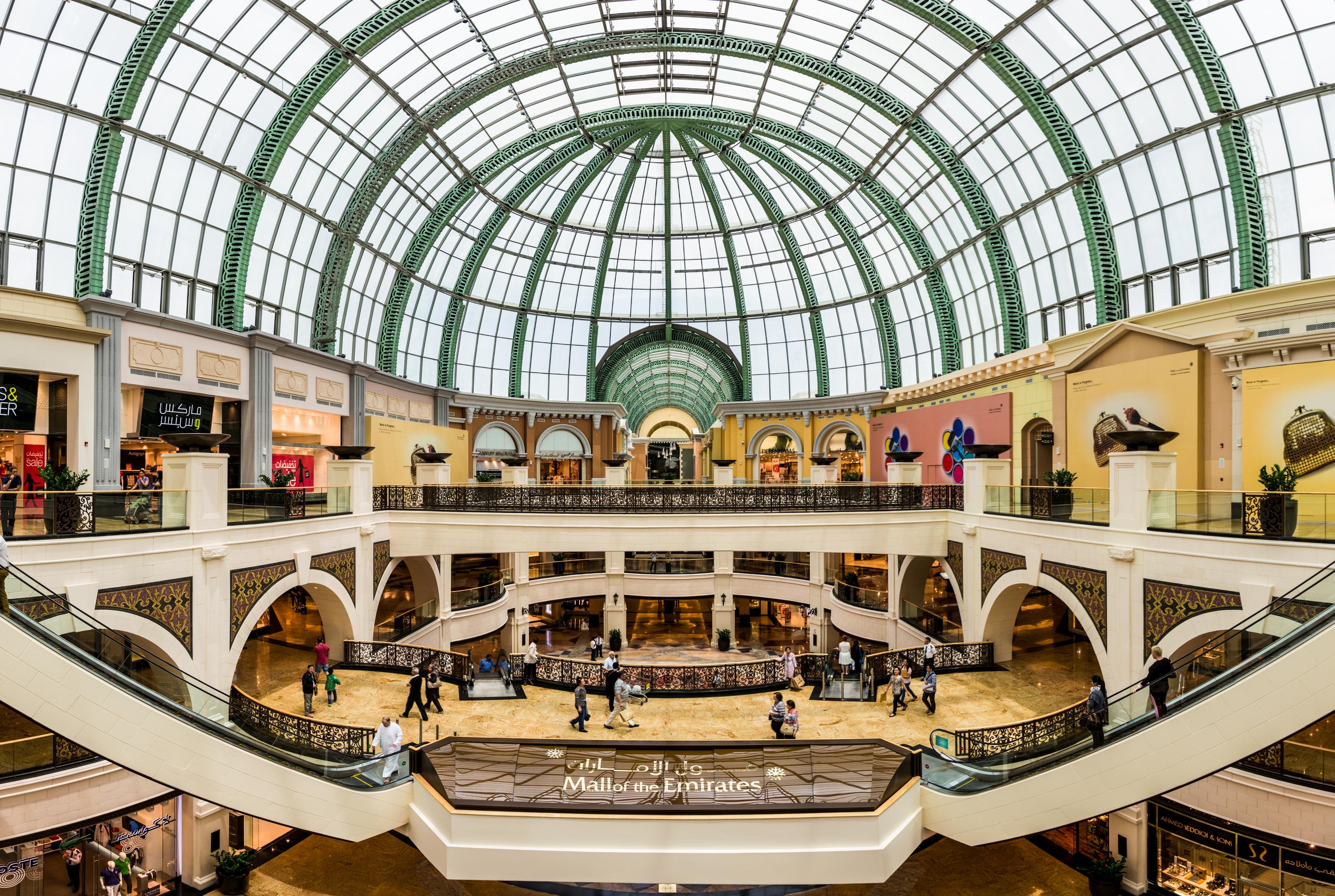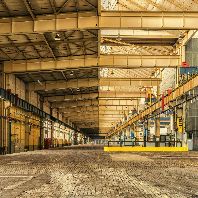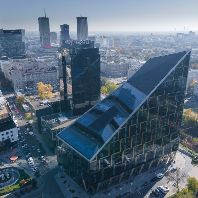So what are the driving forces behind this?
Underlying economic performance is one. Since the latter part of 2014 and into 2015 we have seen a more broad-based economic recovery taking place in many European markets. One that – at last – is starting to feed through into employment and wage growth. Forecasts published by Oxford Economics predict disposable incomes to grow quite markedly in 2015 (by 2.4% on an inflation adjusted basis), with predicted growth in consumer spending of around 1.7% (on an inflation adjusted basis).
Another factor boosting transaction volumes is very strong retail investment activity in the so-called recovery markets. These include Spain, Italy and more recently Portugal, as well as the Benelux. Here, investors have been given encouragement by more clarity on the economic outlook, still relatively higher yields, while also recognising that rents are, by and large, at the bottom of their cycle.
Transactional activity has also been kept at healthy levels by investors and retail specialists flexing their strategic muscles, notably through a wave of portfolio consolidations and large deals to gain market exposure. Germany, for example, saw €4.7 bln invested in retail in Q3 2015 – the highest quarterly total since Q2 2006 – with a number of large portfolio deals boosting the results.

Market segmentation and an appetite for exploring new niches are further important factors. While good shopping centres remain prized assets, investors are also giving more attention to retail parks and retail warehousing, both of which have key roles to play in the structurally changing ‘bricks and clicks’ retail world. Prime high street units – particularly historic locations occupied by luxury retail brands – are also attracting strong interest as they offer long term income security, and quality outlet centres are also in demand.
On the shopping centre side, we have seen a good deal of activity in Europe’s core markets, with many prominent and core shopping centres being traded within the last four to five years. For example, in the UK an average of 18 schemes of above 25,000 m² changed hands each year between 2011 and 2014. In Germany the equivalent figure is 16. With so many centres finding new owners only recently, this could be seen as a harbinger of future liquidity issues; however, the market continues to be fed with stock divested by closed-ended funds reaching the end of their lives, while many of the funds and REITs that are active currently tend to be ready sellers as well as buyers.
That said, given the current levels of competition for shopping centre assets, investors looking to acquire a quality shopping centre in Europe in the near future may need to be innovative when accessing the product. And for the very top level assets a willingness to co-invest via a JV or some other part-ownership structure is now very close to being a ‘must’, rather than just an option.

Finally, an influx of new money can always be counted on to drive activity in investment markets, and this is no exception with the current boom. The cross-regional share of the European commercial real estate market was close to a 30% mark in 2014, while for the retail sector alone it stood at 18%. So there is still more catching up to do for retail assets. In fact, we are already seeing an increase in cross-regional capital flows, notably (but not exclusively) from Asia, with insurance companies, pension funds and sovereign wealth funds from that region behind many major transaction witnessed during the past 12 months.
While some European investors might view the current prices for core retail as quite ‘keen’, it is worth highlighting that prime shopping centre yields in several European markets remain at or even slightly below levels seen at the peak of the last cycle. In addition, the Asian investors are cash-rich and eager to diversify internationally, with a long-term strategy in mind. This, combined with the fact that they are used to working with domestic asset prices that make Europe seem relatively cheap, makes a very good case for rolling out their European strategies more broadly to include retail, and more specifically shopping centres.
Put all this together and it’s clear that today’s retail real estate investment market is underpinned by a number of strong fundamentals. Looking ahead, we are almost certainly approaching an era of rising interest rates, but even with that in mind, shopping centres and other retail assets are in a comparatively strong position, due to their defensive characteristics.
This article was provided by Iryna Pylypchuk, Director Global Research, CBRE
About CBRE:
CBRE Capital Markets combines the top property sales, finance and investment banking businesses into a single, fully integrated global service offering. As the recognized worldwide leader in advising our clients on the purchase and sale of income-producing properties, debt and structured finance, and entity-level consultancy and execution, we offer complete capital markets solutions everywhere around the globe.
Our focus is always sharply on our clients – delivering the best advice through our commitment to collaboration and integration, and providing superior local market expertise to produce industry-leading results.
















